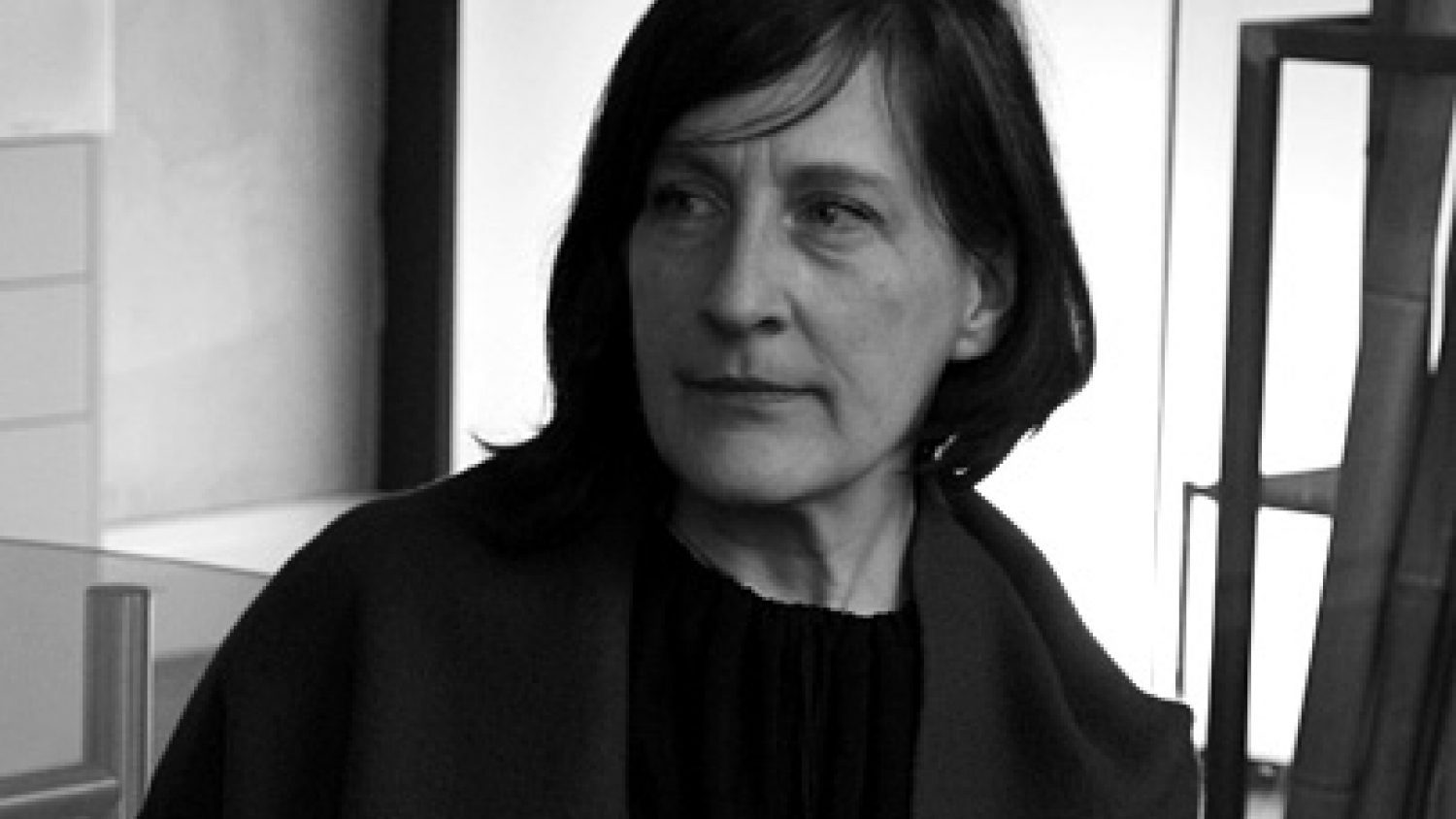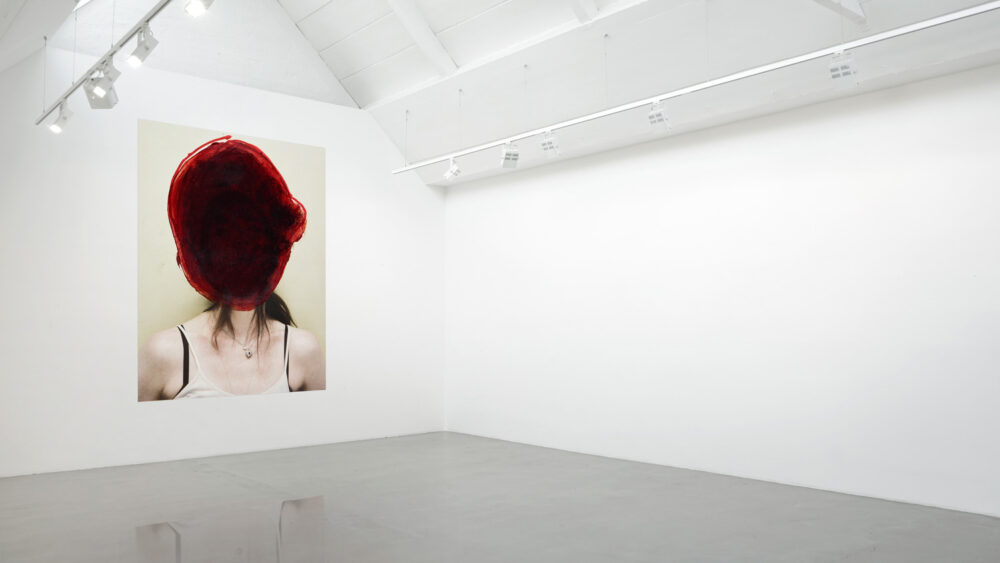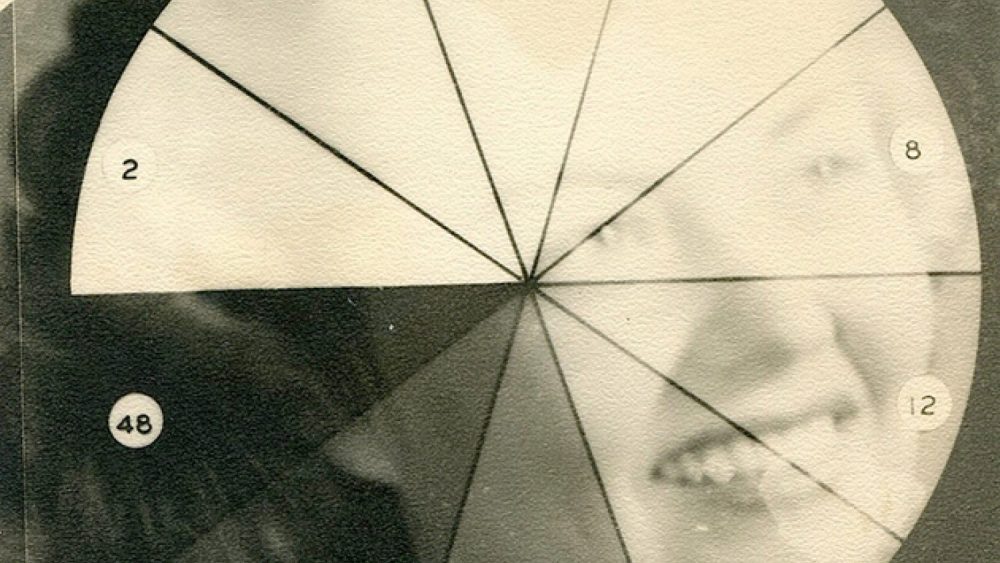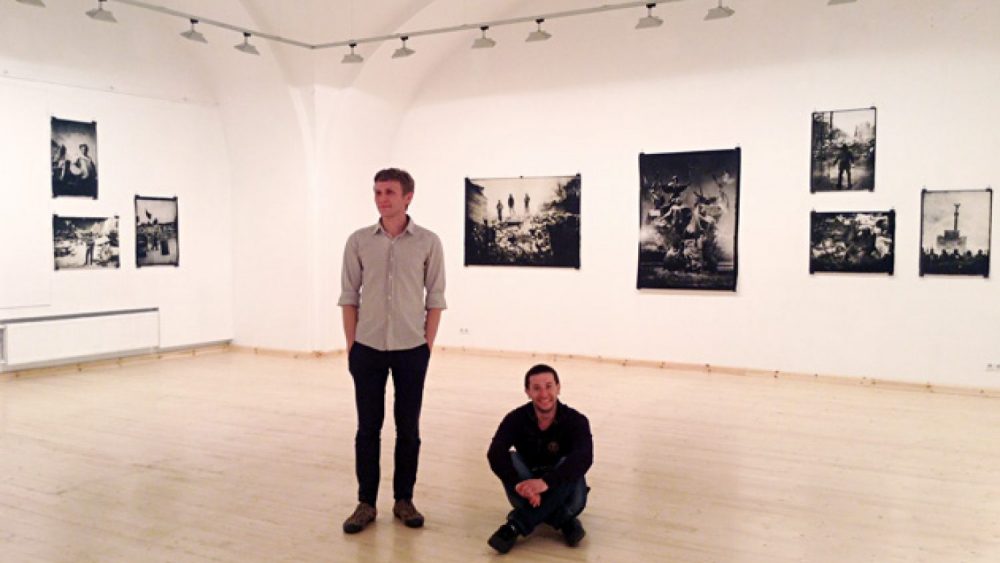10 minutes with Deborah Bell
Deborah Bell is a photography historian, photography dealer and an experienced gallerist, who was the head of the Photographs Department at the Christie’s from 2011 to 2013.
Deborah Bell has been related to photography since early youth. Her professional career Bell started as a freelance photographer and a photographer’s assistant in New York, and later she worked as an art specialist and dealer at the Sanders Gallery, where she was responsible for the works of the Czech and German photographers, including August Sander’s photographs. In 1988 Bell became an independent photography dealer.
Bell earned her reputation in the art world with her Chelsea gallery and a collection of works of such artists as Diane Arbus, William Eggleston, Garry Winogrand, Lisette Model and others.
In 2011 Bell joined the Christie’s, which is one of the most popular auction houses in the world. The Christie’s has laid foundation for the auction traditions of art goods, organising the most noteworthy auctions in the 18th, 19th and 20th centuries and gathering the most influential collectors and art specialists. The Christie’s auction house has also played an essential role in declaring a photograph as an item of auction in the art market. Since the famous photograph Reina II by Andreas Gursky was bidden for a record great sum of 4.3 million dollars, photography has taken a stable position in the market alongside other works of art. Deborah Bell is of the opinion that now is the zenith of photography, because collectors, as well as those, who are not related to photography, appreciate photography more and prefer the works of photographers.
In May Deborah Bell visited Riga and participated in various events organised in the framework of the Riga Photomonth. Bell analysed photographers’ works at the portfolio review and gave a lecture on the oeuvre of American photographer Mary Ellen Mark. She also held guest lectures at the Academy of Art and the Latvia Culture College.
What does it take to become a good art dealer?
Many years of working in the field. You just get experience by searching, looking, reading and always trying to see as much as possible. I am lucky that in New York it’s a crossroad for so many photographic activities.
What have you been doing after leaving the Christie’s?
I left the Christie’s in 2013. In order to go back to my life as a photography dealer, I am currently looking for a gallery space in New York. I haven’t found the right one yet, but I hope to announce one soon. While I am looking for the right place, I am continuing to buy and sell art. Not very much of buying right now, more about offering the pictures.
You don’t have to have a gallery in order to be a dealer, but I like to be one with an exhibition space. I like to do shows, be accessible to my clients, to see and meet artists.
In your opinion, what are the main differences in the photography market between the US and Europe?
My observation is that the US market is much more active, there is more financial activity there. There is more buying /selling going on probably as well because the market of photography there is older than the European.
In Germany I think it’s strong all the time that traditionally has been a strong place for photography, two of the earliest photography galleries in Europe are in Germany.
A lot more activity is happening in Ireland and the UK. England has always been strong in the photographic field. Many galleries are funded by the Arts Council of Great Britain and they have done a lot in educating buyers and developing collectors.
There is a lot of photography in Paris but not a lot of trading. But that’s changing. A part of the reason is that there is a Paris Photo fair. And the Christie’s decided to do more photography auctions in Paris.
In general I think the European market is growing. More and more museums are adding photography to their collections. Most places start with contemporary photography and then they get to the historical.
Have there been any changes in the market since the development of digital photography?
Digital photography, as opposed to film, is one of the newer areas of photography and has been more prevalent in the galleries. More and more traditional photographers are going digital. For example Jousef Koudelka is doing digital. He has found that there is something about this process that works for his specific work. It’s another tool and that’s all what you do with it, but basically it’s a result that counts.
What about photo books, maybe even self-published, is this form of work relevant at auctions?
There is such a range of quality in self-published books. At the end it is about the work and you have to take everything on a case-by-case basis. I am not sure that self-publishing really achieves the goal of representation. It still has to be a strong work. I think there is another orbit for book publishing; it doesn’t necessarily translead into putting pictures to the wall in order to sell individual objects.
How important for you as a dealer is a personality of a photographer and his or her career?
It is always important to work with whom you enjoy working with. But you can say that about every profession. It’s all about the individual relationship. A dealer has to love the work; every dealer has to love what they offer and what they sell. And collectors have to believe in it. Many collectors want to meet the artist, but in the end it is about whether the pictures are good.
Your advice to young photographers.
If you have an opportunity to exhibit your work, don’t turn down the possibility. It is ok not to have a solo show right away. A good context can promote your work. If you are in a good company, that brings more attention to your work. It’s not a lesser thing to be in a group show.
Another thing is patience. Sometimes you have to show your work many times to get somebody’s attention. But it’s still important to know where you want to be. It’s not about going around and showing it in every place, but you have to choose a gallery, a dealer, a publication, whatever it is, that it fits to you and your aim. It doesn’t mean that you have to hop on the bandwagon and go with some new trend, it’s just a general intelligence that you raise.
How can photographers reach dealers like you to introduce to their works?
Choose what you like the most, visit galleries, to see what they are doing, introduce yourself and show your work. Me, for example, I am not a big website person and I like to see photography as a physical object.



